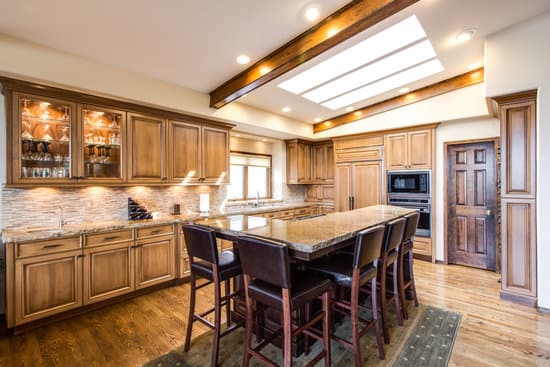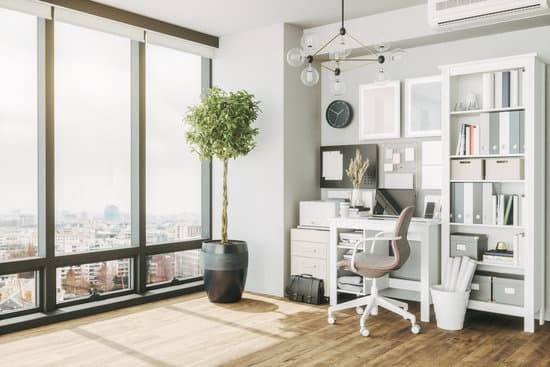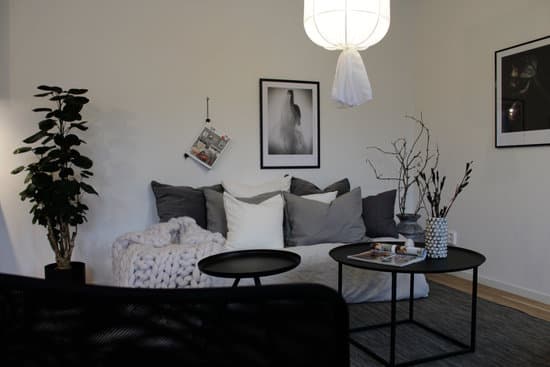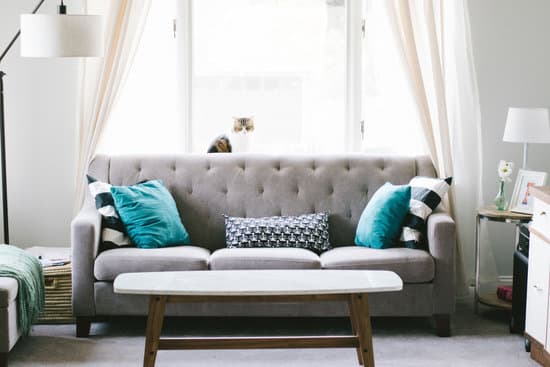Importance of choosing the right spot for your desk
When it comes to designing your living room, choosing the right spot for your desk is crucial in creating a functional and productive workspace. The placement of your desk can have a significant impact on your efficiency and mood, as well as the overall aesthetic of the room. To start, find a spot in the room that allows you to work without feeling cramped or claustrophobic. Make sure the area is well-lit, so you don’t strain your eyes while working. If possible, choose a quiet corner of the room where noise won’t be a distraction. Additionally, consider the amount of foot traffic in the area. You don’t want your workspace to be in the way of family members or guests as they move throughout the room. Finally, ensure that there’s enough room for your chair and any other necessary furniture, such as a bookshelf or filing cabinet.Bringing in natural light to your workspace
Natural light is a crucial element in any workspace, and the placement of your desk can make a huge difference in how much sunlight you’re able to enjoy. Ideally, your desk should be situated near a window that receives plenty of sunlight throughout the day. This placement not only allows for natural light to flood your workspace, but can also help improve your mood and productivity. Sunlight has been shown to increase serotonin levels, which can boost feelings of happiness and motivation. If you’re unable to position your desk near a window, consider adding additional lighting to your workspace. A well-lit area will help you focus and feel more energized.Facing windows vs. avoiding distractions
While it may be tempting to place your desk directly in front of a window, this can actually be counterproductive. Direct sunlight can cause glare on your computer screen, making it difficult to work efficiently. Additionally, the view outside can be a major distraction from your work. Instead, try placing your desk in a straight line from the window, allowing for natural light without distractions. If you find that facing away from the window makes you feel cramped or cut off from the room, try angling your desk at an angle towards the window. This will allow for a view of the outdoors without sacrificing productivity.Creating a functional layout
When designing your workspace, it’s important to create a functional layout that allows you to work efficiently and comfortably. Consider the placement of your chair, computer, and other necessary items, and make sure everything is within reach. For example, your computer monitor should be at eye level to prevent neck strain, and your keyboard and mouse should be positioned so you don’t have to strain your arms to use them. Additionally, make sure you have ample space on your desk for paperwork, files, and other necessary materials. Consider using html formatted bullet points for this section: Tips for designing a functional workspace:- Place your chair and desk at a comfortable distance (usually around 20-28 inches).
- Adjust your monitor to eye level to prevent neck strain.
- Position your keyboard and mouse within reach to prevent arm strain.
- Have ample desk space for your materials and paperwork.




















